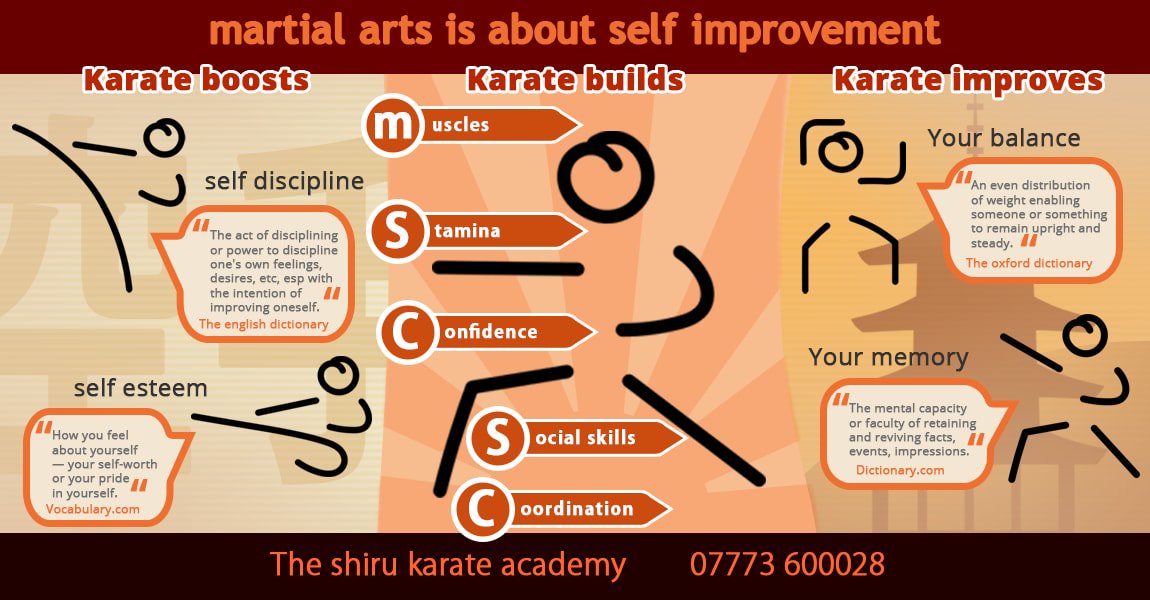Enter the old globe where martial arts were born out of necessity in diverse areas. Cultures crafted one-of-a-kind combating styles intertwined with historic contexts. Techniques developed over centuries with committed method and cultural exchanges. Today, contemporary martial arts mix standard components for optimal efficiency. Philosophically, martial arts stress self-control, self-improvement, and harmony. Regard, humility, and balance are fundamental concepts assisting specialists towards development and durability. Check out the midsts of this abundant history and ideology to discover the profound impacts forming this long-lasting self-control.
Beginnings of Martial Arts
Martial arts originated in numerous areas all over the world, developing as useful combat systems to defend against threats. These ancient battling styles were developed out of need, with each society crafting techniques suited to their special atmospheres and challenges. From the grappling arts of Jujutsu in Japan to the striking strategies of Kung Fu in China, martial arts were deeply linked with the historical, social, and social fabric of their respective cultures.
In Japan, the samurai course refined martial arts like Kenjutsu, the art of the sword, which later on evolved right into the more popularized type of Kendo. Meanwhile, in Brazil, Capoeira became a mix of dancing and battle, created by enslaved Africans as a means to withstand injustice. Each fighting style brings with it an abundant background and approach, reflecting the worths and ideas of the people who practiced them.
As you delve into the beginnings of martial arts, you discover a tapestry of human resourcefulness, resilience, and the unyielding spirit of warriors throughout time.
Advancement of Strategies
Through centuries of technique and refinement, combat methods within various martial arts have actually undertaken an extensive development. From ancient designs like Kung Fu and Martial arts to much more modern-day techniques such as Brazilian Jiu-Jitsu and Krav Maga, the development of methods has been driven by a mix of social influences, sensible applications, and technical innovations.
One considerable facet of this evolution is the cross-pollination of techniques between different martial arts. As an example, strategies from typical Japanese Jiu-Jitsu were integrated right into the production of Judo by Jigoro Kano in the late 19th century. This blending of designs has actually brought about the development of hybrid martial arts like Mixed Martial Arts (MMA), which combine aspects of striking, grappling, and submission strategies.
Additionally, the development of methods has been formed by the raising focus on efficiency and performance in combat. Professionals have continuously sought to improve their strategies via strenuous training, trial and error, and competition, causing the development of extremely specialized and efficient combating styles. Generally, https://english.news.cn/20230811/36f48fc9f00c48fcb7855942bd4f5bd6/c.html of strategies in martial arts mirrors the vibrant nature of battle and the ongoing pursuit for improvement and innovation.
Thoughtful Foundations
Checking out the underlying thoughtful principles of martial arts supplies insight into their core values and directing beliefs. At the heart of many martial arts self-controls is the idea of technique itself. By educating your mind and body to serve as one natural system, you cultivate technique that extends past the dojo or gym into daily life. This technique encompasses regard, humbleness, and self-control, forming not simply your physical capabilities however also your character.
Another fundamental philosophical structure in martial arts is the idea of continual self-improvement. The trip of grasping a martial art is endless, with specialists continuously striving to better themselves, both physically and mentally. This focus on development fosters durability, perseverance, and a growth way of thinking that can be related to all facets of life.
Furthermore, martial arts stress the relevance of harmony and equilibrium. Strategies are made to use an opponent's power against them, highlighting the principle of yielding and redirecting pressure rather than fulfilling it head-on. does martial arts help kids learn to behave reaches social relationships, advertising peaceful resolutions and good understanding. By embracing these philosophical structures, martial musicians not just boost their fight abilities yet likewise cultivate a way of life centered on personal development, respect, and consistency.
Final thought
Finally, the background and approach of martial arts supply a rich tapestry of practice, discipline, and self-improvement.
Take for instance the tale of Bruce Lee, that revolutionized martial arts by mixing various styles and viewpoints to develop his own one-of-a-kind form of Jeet Kune Do.
Via commitment and technology, martial musicians continue to push limits and influence others to reach their full capacity both in fight and in life.
